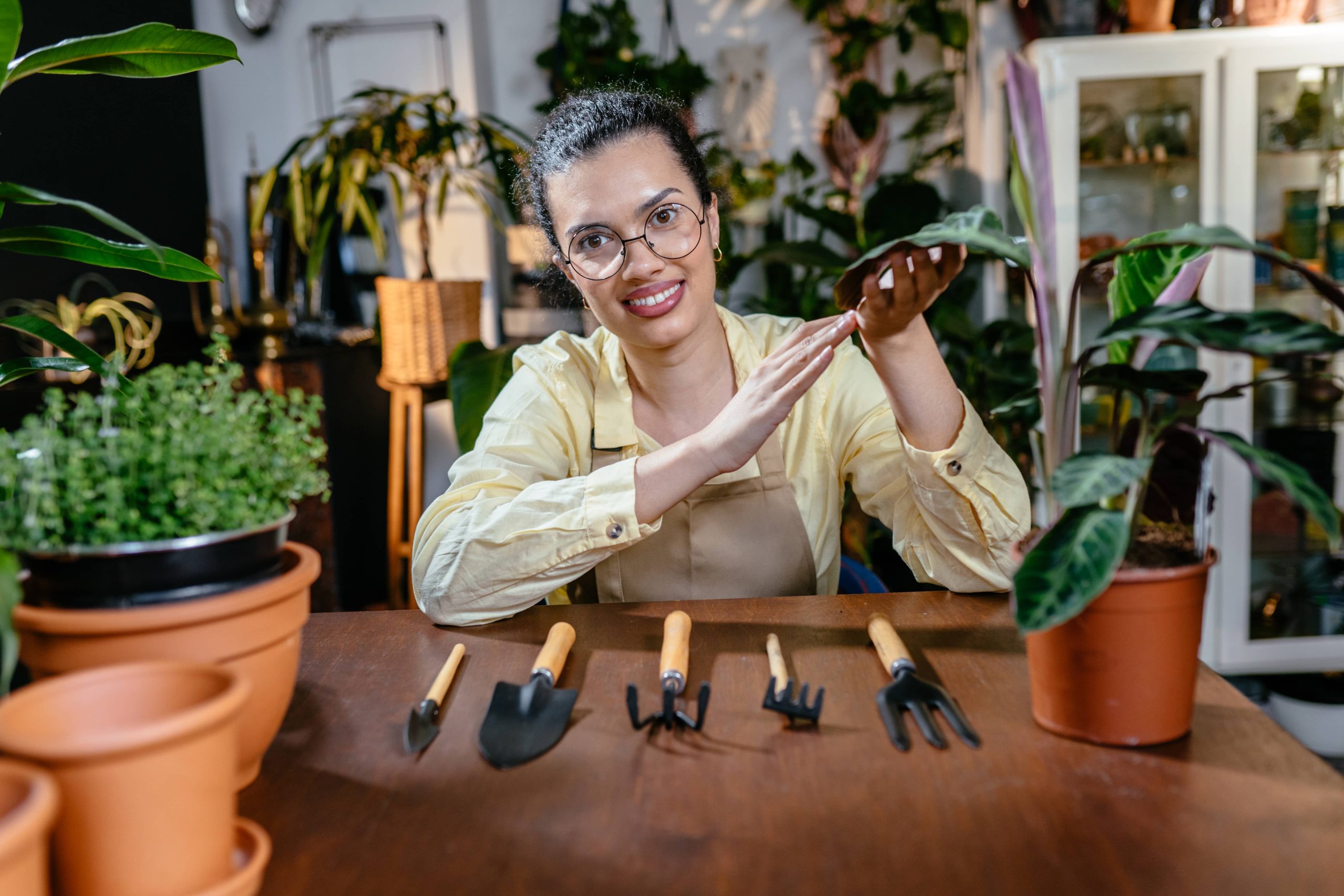
In our fast-paced, consumer-driven world, the idea of recycling has never been more appealing. Not only does it contribute to environmental sustainability, but it also brings an element of creativity into our lives. As home improvement enthusiasts, we understand that creating something with your own hands feels rewarding, especially when it involves transforming waste into something beautiful and functional. A coffee table is a perfect project to showcase your creativity and skill, and what could be better than crafting one using recycled materials? In this blog post, we’ll walk you through the steps to construct a unique coffee table that not only enhances your living space but also contributes to a healthier planet.
Step 1: Gathering Materials
To create a coffee table using recycled materials, you’ll first need to gather the necessary supplies. The beauty of this DIY project lies in the flexibility and resourcefulness of using what you can find. Here are some ideas for materials you can repurpose:
1. Wooden Pallets: They’re durable, versatile, and often available for free at local businesses.
2. Old Doors or Windows: These can serve as an excellent tabletop.
3. Reclaimed Wood: Look for wood from old furniture, barns, or construction sites.
4. Wine Crates or Old Drawers: Perfect for storage components under the tabletop.
5. Metal Pipes or Hairpin Legs: These can act as sturdy legs for your coffee table.
Step 2: Designing Your Coffee Table
Before diving into construction, it’s essential to plan out the design. Here are some design elements to consider:
1. Size and Shape: Consider the space where you want to place your coffee table. Measure the area and decide on a size that fits comfortably. Rectangular, square, and round are common shapes to consider.
2. Height: Typically, coffee tables should be around the same height as the cushions on your seating furniture for easy access.
3. Storage Needs: If you prefer added functionality, consider incorporating shelves or compartments using old crates or drawers.
4. Aesthetic Appeal: Think about whether you prefer a rustic, industrial, or modern look and choose materials accordingly.
Step 3: Preparing the Materials
Once you’ve gathered your materials and finalized your design, it’s time to prepare them for construction.
1. Cleaning: Clean all materials thoroughly to remove dirt and debris. For wooden elements, a gentle sanding can help to smooth out rough surfaces and remove any old finishes.
2. Cutting and Reshaping: Use a saw to cut wood to your desired size and shape. For metal elements, ensure you have the appropriate tools to cut or reshape them safely.
3. Sanding: Sand all surfaces to ensure they’re smooth to the touch. This step is crucial for safety and aesthetics.
Step 4: Assembling the Coffee Table
With your materials prepared, you can now begin assembling your coffee table.
1. Construct the Base: If using pallets or crates for the base, lay them out according to your design. Secure them together with screws or nails.
2. Attach the Legs: If you’re using metal pipes or other types of legs, attach them to the base using brackets or flanges. Be sure they’re evenly placed to provide stability.
3. Add the Tabletop: Place your large wooden piece (from pallets, old doors, or windows) on top of the base. Ensure it’s centered and secure it with screws.
4. Add Storage or Decorative Features: If you’re incorporating drawers or additional shelves, attach them to the underside of the tabletop or the sides of the base.
Step 5: Finishing Touches
After assembling the structure, it’s time to finish the coffee table:
1. Staining or Painting: Choose a wood stain or paint color that complements your home decor. Apply at least two coats for even coverage, allowing each layer to dry thoroughly.
2. Sealing: For a durable finish, apply a sealant or varnish. This will protect your table from spills and wear over time.
3. Adding Personal Touches: Add decorative elements such as stencils, decals, or even a glass top for a polished look.
Step 6: Enjoy Your Creation
With your coffee table complete, step back and admire your handiwork. Not only have you crafted a functional piece of furniture, but you’ve also contributed to a more sustainable lifestyle by recycling materials. Invite friends over, host a coffee chat, or enjoy a quiet afternoon with your favorite book—the possibilities with your new coffee table are endless.
Conclusion
Constructing a coffee table from recycled materials is not just about creating a piece of furniture; it’s about making a statement. It’s a testament to the fact that beauty and utility don’t require brand new materials—what’s considered waste can be transformed into a treasured centerpiece in your home. The project encourages us to think creatively, appreciate what we have, and contribute to a more sustainable world. So roll up your sleeves, get your hands dirty, and experience the joy of creating something truly unique and environmentally friendly.







